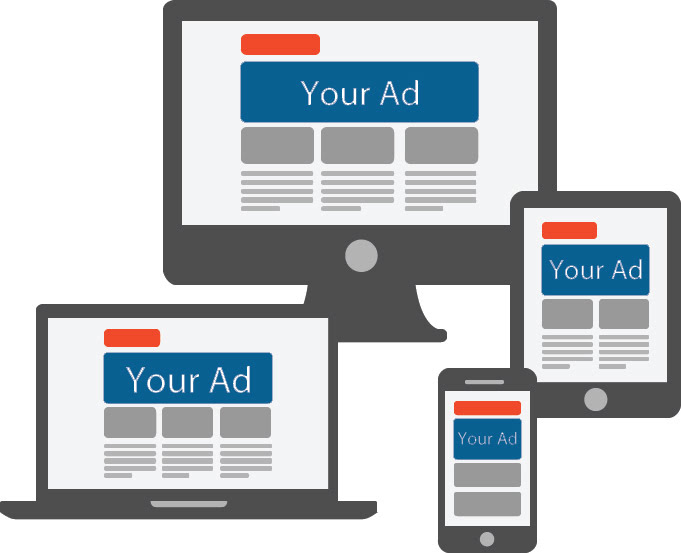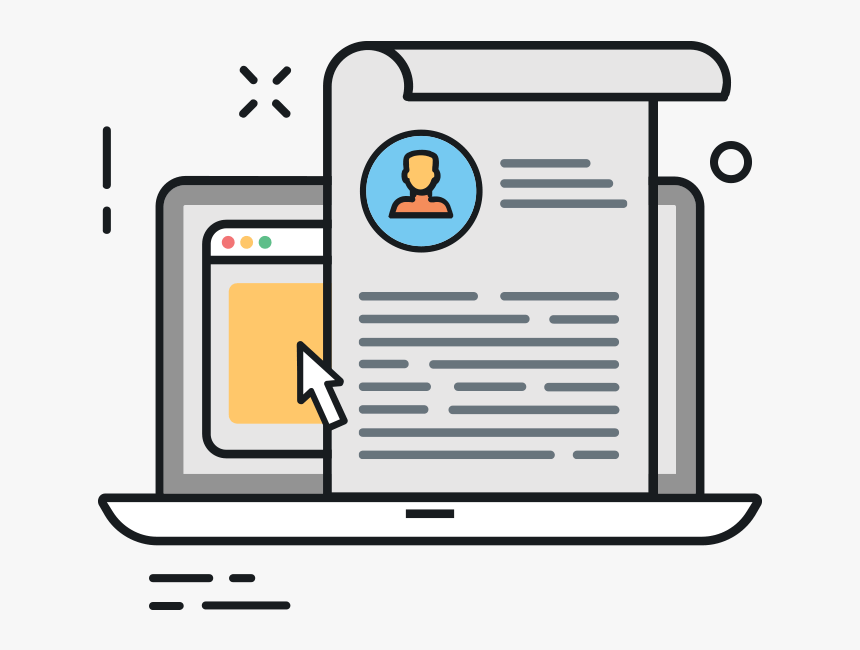How to Utilize Emotional Marketing to Connect with Your Target Audience

Updated at: 2023-07-04 16:13:27 (2 years ago by Melkisedeck Leon Shine)
How to Utilize Emotional Marketing to Connect with Your Target Audience
In the modern era of marketing, connecting with your target audience goes beyond just showcasing your product or service. Today's consumers seek more than just a transaction; they want to feel a connection with the brands they engage with. This is where emotional marketing comes into play. By leveraging emotions, you can establish a profound bond with your target audience, fostering loyalty and driving long-term success. In this article, we will explore 15 ways to effectively utilize emotional marketing, backed by practical examples, professional advice, and a touch of creativity.
-
Understand your audience's emotions: Before embarking on your emotional marketing journey, delve deep into the psyche of your target audience. Conduct surveys, focus groups, and market research to gain insights into their desires, fears, and aspirations.
-
Create relatable stories: Craft narratives that resonate with your audience's experiences, hopes, and dreams. By telling stories that mirror their life situations, you can elicit a powerful emotional response, establishing a connection that transcends mere marketing.
-
Appeal to the senses: Engage your target audience's emotions by stimulating their senses. Use evocative visuals, captivating sounds, and enticing scents to create a multisensory experience that leaves a lasting impression.
-
Evoke nostalgia: Tap into the power of nostalgia to forge an emotional bond. By referencing iconic moments, cultural trends, or beloved childhood memories, you can transport your audience back in time, igniting feelings of warmth and familiarity.
-
Empathy is key: Show genuine empathy towards your audience's struggles, fears, and challenges. Demonstrating that you understand their pain points and offering solutions will foster a sense of trust and loyalty.
-
Use humor wisely: Humor has the ability to forge connections and create positive associations. Incorporate tasteful humor into your marketing campaigns, but be mindful of cultural sensitivities and avoid offensive content.
-
Leverage user-generated content: Encourage your audience to share their experiences and stories, showcasing their emotional connection with your brand. Sharing user-generated content not only builds trust but also demonstrates that you value your customers.
-
Be authentic: Authenticity is vital when using emotional marketing. Avoid being manipulative or disingenuous, as it can backfire and damage your brand reputation. Stay true to your values and deliver on your promises.
-
Harness the power of social media: Social media platforms provide an ideal space to initiate emotional marketing strategies. Utilize platforms such as Instagram and Facebook to share emotional stories, engage in conversations, and create a community around your brand.
-
Support meaningful causes: Aligning your brand with a cause that resonates with your audience's values can evoke strong emotions and cultivate a sense of purpose. Take a stand on social or environmental issues to show your dedication beyond profit.
-
Personalize your communications: Tailor your messaging to address your audience as individuals, not just another number. Personalization creates a sense of importance and appreciation, forging a deep emotional connection.
-
Show gratitude: Expressing gratitude towards your audience fosters a positive emotional connection. Send personalized thank-you messages, offer exclusive rewards, or create a loyalty program to show your appreciation.
-
Surprise and delight: Surprise your audience with unexpected gestures that evoke positive emotions. This could be through limited-time offers, exclusive discounts, or freebies that exceed their expectations.
-
Invest in emotional branding: Develop a distinct brand identity that evokes the desired emotions among your target audience. Choose colors, imagery, and design elements that align with the emotions you want to elicit.
-
Continuously analyze and adapt: Emotional marketing strategies require ongoing evaluation and refinement. Monitor the impact of your campaigns, gather feedback, and adapt your approach to maximize emotional connection.
In conclusion, emotional marketing is a powerful tool that can establish a deep and lasting connection with your target audience. By understanding your audience, creating relatable stories, appealing to their senses, and leveraging various platforms, you can forge an emotional bond that goes beyond a mere transaction. Remember, authenticity, empathy, personalization, and gratitude are key elements in successfully utilizing emotional marketing to connect with your target audience. So, go forth and create those emotional connections that will propel your brand to greater heights! 🚀





